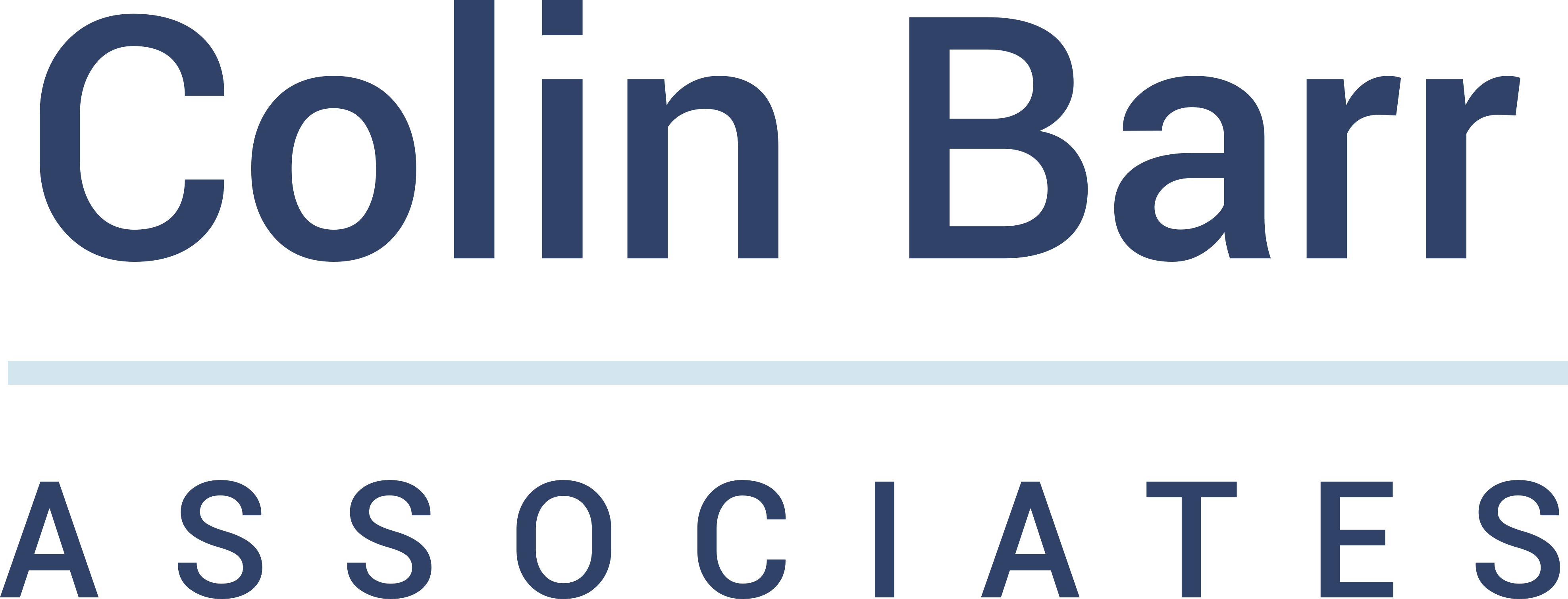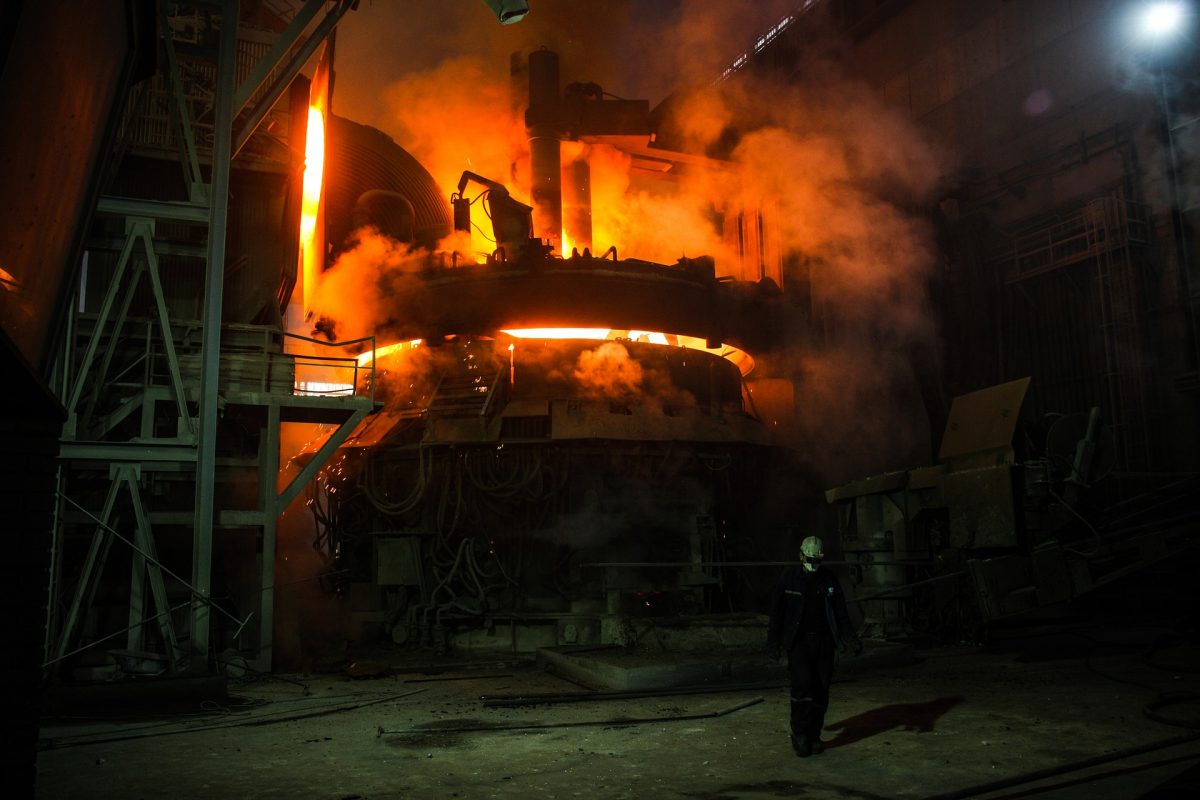Situation
The client company manufactures specialist industrial heating equipment and associated materials. One of their processes is a continuous furnace feed through which sub-assemblies must pass. The company wanted to maximise the production capacity and minimise the cost of their furnace operations.
Problem Definition
The continuous-feed furnace process was well established and produced high quality product. Product was transported through the furnaces in shielded containers. However, it was observed that there was under-utilised space between subassemblies going through the furnace process due to the design of the containers.
By creating a process which reduced the wasted space, costs would be reduced, and capacity would be freed up. The problem had added complexity as some product dimensions were specific to customer orders and some others were standard sizes.
Project Constraints
No changes could be made to the furnace temperatures and transport speeds, or the furnace design itself. No changes could be made to customer product specifications.
Measurement Data Gathered
Observations of custom and practice were made over a number of production shifts and furnaces, and the subsequent calculations initially suggested there could be as much as 18.8% of unutilised capacity.
Analysis Performed
A matrix of product sizes versus transport containers being drawn from an established “Kanban” was produced. Correlations were performed of these product size & container combinations vs quantities made in the previous 12 months. This produced a “worst offenders” list of the least efficient combinations.
The data was displayed in Pareto fashion and the project then concentrated on the Top 5 poorest efficiency combinations of product and container. From this information, potential cost savings were estimated.
Improvements & Controls Established
An inhouse (zero material cost) re-engineering of two worst offending container types was performed which by itself significantly improved efficiency.
A review of the projected future sales / required production capacity resulted in the creation of a much better purchased mix of container types. This was not a simple change due to the design complexity of the SKUs.
A far better understanding of furnace utilisation, the sources of lost performance, and how to avoid these was developed.
New controls and processes were established both in production and in materials planning / purchasing and these were documented in a new SOP.
Results
At the time of writing there was a 10% (and growing) improvement in production capacity. Overall OEE increased by 6% and continues to improve as the new process and container mix continue to be optimised.
Wasted energy was reduced by £116k annualised.
The ideal mix of product and container combinations would create an additional £412k of production capacity annually. The projected practical estimation of this is £250k of manufacturing capacity gained.
Lean Tools Used
Brainstorming; Waste Analysis; Correlation Plots; Pareto; Kanban Analysis; OEE; Supply Chain Review.
Benefits Summary
The project delivered benefits in:
Customer satisfaction via reduced lead-time, Operational Performance, Better OEE, Potential for increased revenue with no capital expenditure, increased profit via lower production cost per unit.




